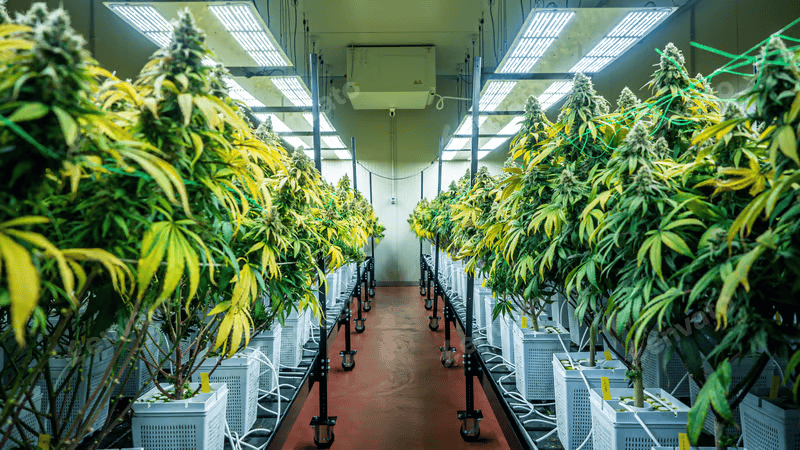Cannabis and the California Water Crisis
California has been in the grips of a historic drought, and questions often arise about cannabis cultivation and water use. Critics sometimes scapegoat cannabis as a major contributor to the crisis. But the reality is more nuanced.
Cannabis plants do require significant water, especially outdoor grows. However, studies show that cannabis uses less water than many of California’s top crops. For instance:
- Almonds and alfalfa consume exponentially more water than cannabis.
- Grapes and tomatoes also use more water per acre.
Cannabis farmers have been adapting through techniques like drip irrigation, water recycling, and greenhouse growing. Many cultivators are shifting toward sustainable practices to minimize their footprint.
Importantly, cannabis creates far greater value per gallon than most crops. Compared to large-scale agricultural commodities, the revenue generated by cannabis per unit of water used is substantially higher.
So while cannabis cultivation does play a role in water use, it’s not the villain some make it out to be. The industry is relatively small compared to California’s massive agricultural economy.
Bottom line: Cannabis is not a leading cause of California’s drought. The state’s overall agricultural water demand dwarfs what’s used by cannabis. As the article concludes — next time someone scapegoats cannabis for California’s water crisis, you can tell them (with all due respect) to “put that in their bong and smoke it.”










